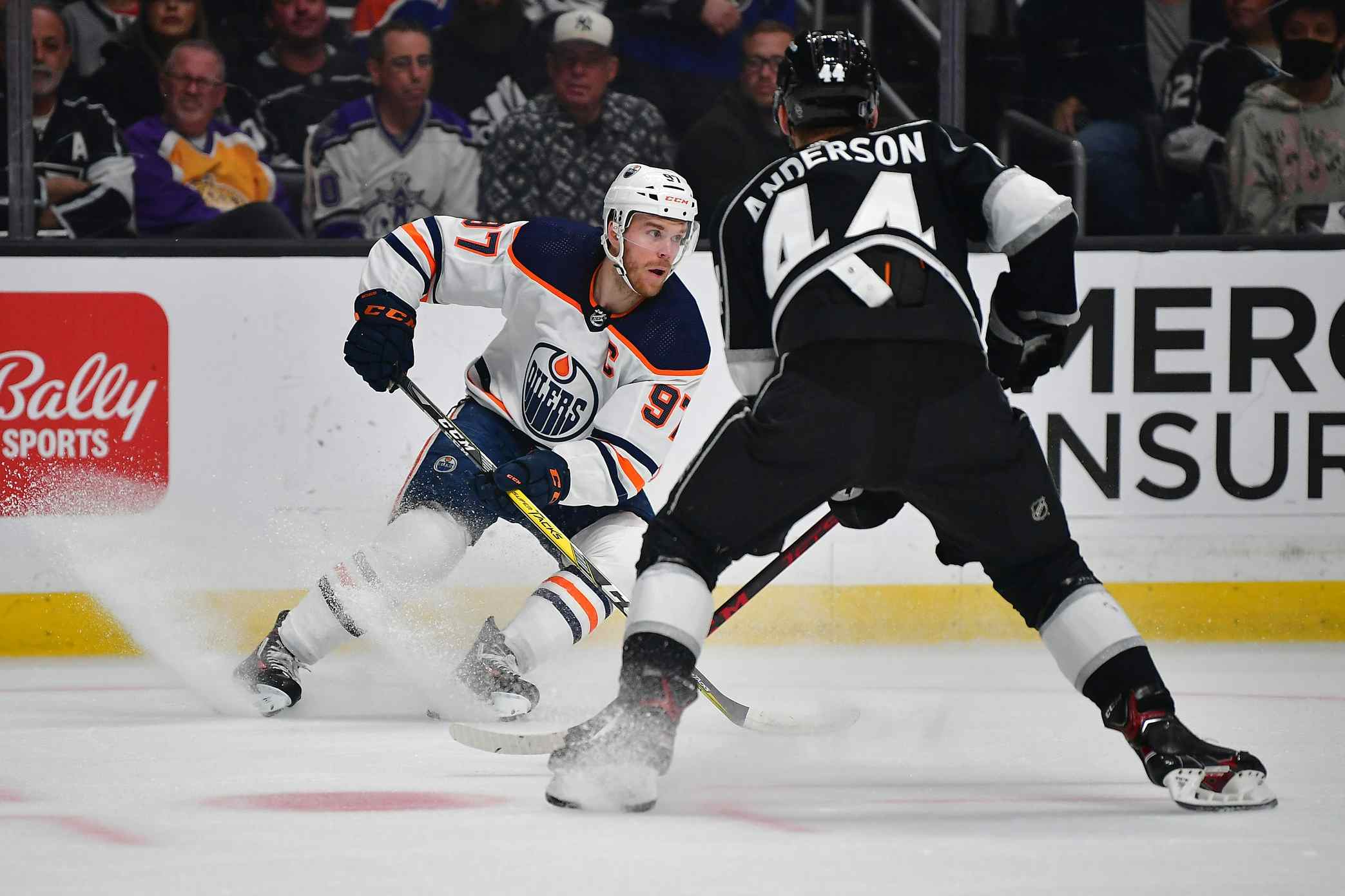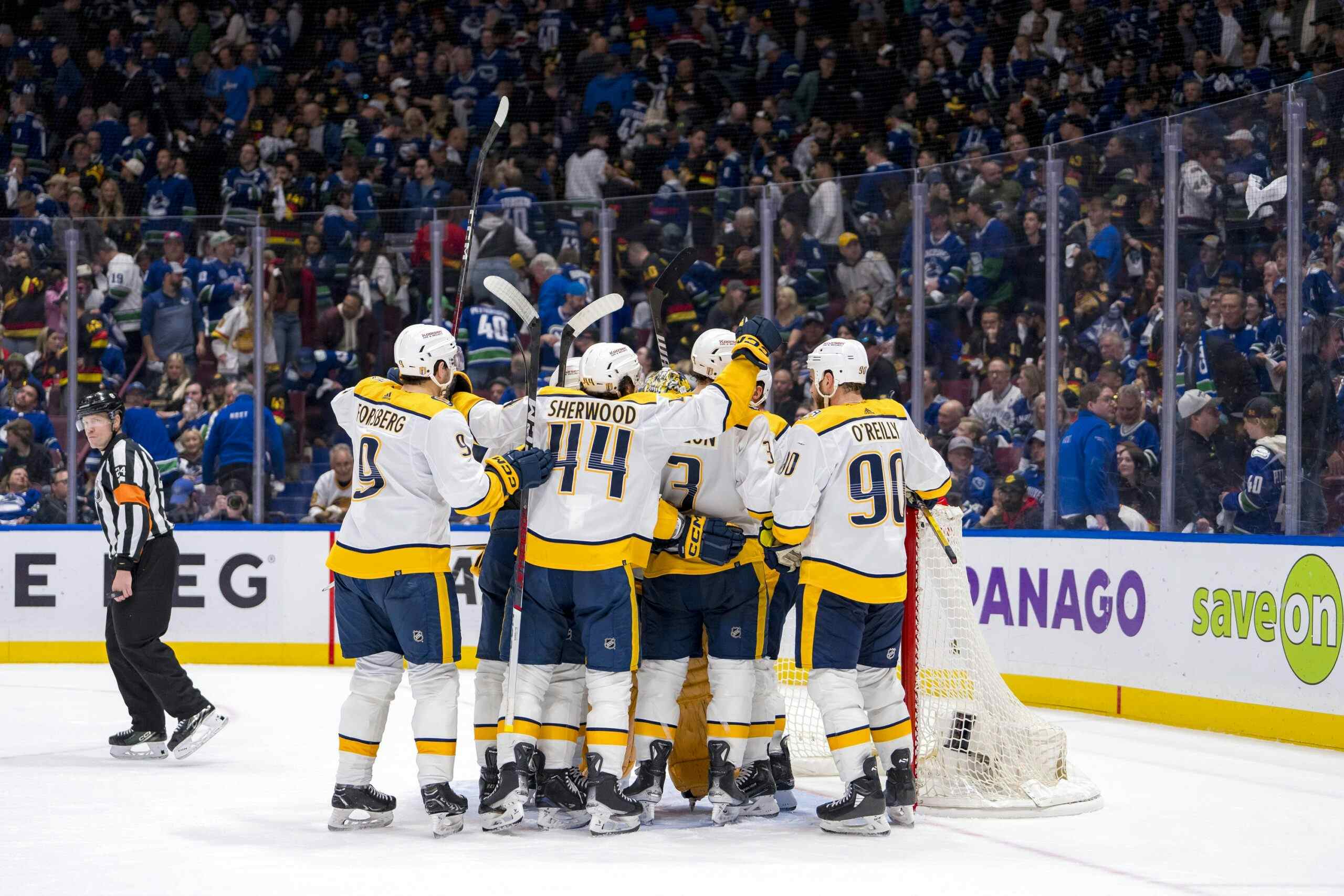A closer look at Cogs
There’s a good discussion on-going at Lowetide’s site about what constitutes reasonable expectations for Andrew Cogliano in 2008-09. Given that the topic is the closest thing to a dead horse on my website, I’ve been following the discussion with quite a bit of interest.
The discussion has two sides, and the arguments (grossly simplified) generally go like this:
- Cogliano scored at the same rate as Kovalchuk. It won’t happen again.
- Cogliano’s shooting percentage may drop, but it won’t be by much because of the kind of player he is, and in any case he didn’t shoot much last year, so his increased shot total in 2008–09 will mean a net increase in goals even if his shooting percentage drops.
There’s merit to both points, although I’m generally arguing the first one.
I thought that it might be helpful to look at rookies since the lockout that put up high shooting percentages (15+ per cent) in their first year, and see what generally happened in their sophomore season. I’ve also tracked goals per game. I chose the 15 per cent number because a) it’s nice and round, and b) after adding all of the players together, we get an average number that looks like Cogliano’s this past season.
Here are the players, split by season, and showing both their rookie numbers and their second-year numbers.
2006–07
Jordan Staal – 22.1 SH%, .358 GPG; 6.6 SH%, .146 GPG
Alexander Radulov – 18.8 SH%, .281 GPG; 14.2 SH%, .321 GPG
Ryan Clowe – 17.2 SH%, .276 GPG; 13.6 SH%, .200 GPG
Paul Stastny – 15.1 SH%, .341 GPG; 17.4 SH%, .363 GPG
Alexander Radulov – 18.8 SH%, .281 GPG; 14.2 SH%, .321 GPG
Ryan Clowe – 17.2 SH%, .276 GPG; 13.6 SH%, .200 GPG
Paul Stastny – 15.1 SH%, .341 GPG; 17.4 SH%, .363 GPG
2005–06
Petr Prucha – 23.1 SH%, .441 GPG, 16.2 SH%, .278 GPG
Patrick Eaves – 20.0 SH%, .345 GPG; 10.8 SH%, .192 GPG
Marek Svatos – 19.4 SH%, .525 GPG; 8.4 SH%, .227 GPG
Colby Armstrong – 18.6 SH%, .340 GPG; 8.3 SH%, .150 GPG
Michel Ouellet – 18.4 SH%, .320 GPG; 12.8 SH%, .260 GPG
Jussi Jokinen – 15.9 SH%, .210 GPG; 11.6 SH%, .170 GPG
Chris Higgins – 15.5 SH%, .286 GPG; 13.8 SH%, .361 GPG
Patrick Eaves – 20.0 SH%, .345 GPG; 10.8 SH%, .192 GPG
Marek Svatos – 19.4 SH%, .525 GPG; 8.4 SH%, .227 GPG
Colby Armstrong – 18.6 SH%, .340 GPG; 8.3 SH%, .150 GPG
Michel Ouellet – 18.4 SH%, .320 GPG; 12.8 SH%, .260 GPG
Jussi Jokinen – 15.9 SH%, .210 GPG; 11.6 SH%, .170 GPG
Chris Higgins – 15.5 SH%, .286 GPG; 13.8 SH%, .361 GPG
It’s a small sample, I know, but I thought going back pre-lockout might skew the numbers. For what it’s worth, here’s what the average player performance looked like in their rookie season:
18.6 shooting percentage, .338 goals per game
Andrew Cogliano in 2007–08: 18.4 shooting percentage, .219 goals per game. While the shooting percentage is within range, the goals per game number is a little out, likely indicating ice time and assignments, in particular on the powerplay. Those who point out that Cogliano didn’t shoot very much are completely correct, so in all likelihood he will compensate for the inevitable drop in shooting percentage, at least to some degree, by firing more shots. In any case, here’s what the same group of rookies looked like as sophomores:
12.2 shooting percentage, .243 goals per game
That represents a drop of 6.4 per cent, or just over one-third. A similar drop occurred in goals per game, 28 per cent. It’s worth noting that only Paul Stastny increased his shooting percentage into the next season, the other ten players did not. Similarly, only three players scored more goals per game then they had the season prior: Stastny, Alexander Radulov and Chris Higgins.
I’d suggest, as I have up until now, that Andrew Cogliano is going to see a slight drop. His shooting percentage will drop off by a large margin, while his goal production will fall slightly but be insulated because of a) increased ice-time and responsibility and b) increased shots on goal.
As for the argument that Cogliano generates so many in-close and breakaway scoring chances, and can thus sustain his shooting percentage, it’s ridiculous. Cogliano was tied for fifth in the league in shooting percentage with Ilya Kovalchuk, behind snipers Daniel Alfredsson and Marek Svatos, and the soon-to-come-back-to-Earth pair of Brad Boyes and Mike Ribiero. He’s a good player, but he simply isn’t a good enough player to sustain that scoring rate.
That said, I don’t think he’s Todd Marchant either. Marchant, whose career shooting percentage is 8.7 per cent, twice hit 13.7 per cent—n his rookie year, where he scored 13 goals in 45 games (that’s more goals per game than Cogliano) and immediately before being grossly overpaid by Columbus, the year he scored a career-high 20 goals and 60 points. The fact that Cogliano’s shooting percentage last year was almost a full 5 per cent better than Marchant’s career high would seem to indicate that wherever his offensive ceiling is, it’s higher than Marchant’s.
One last fun point (a point I made at Lowetide’s site): Andrew Cogliano had the third highest rate of secondary assists on the Edmonton Oilers. It may not seem like a big deal, but I think an argument could be made that his assists last season (27) overstated how much he was actually contributing to goals being scored.
Recent articles from Jonathan Willis






